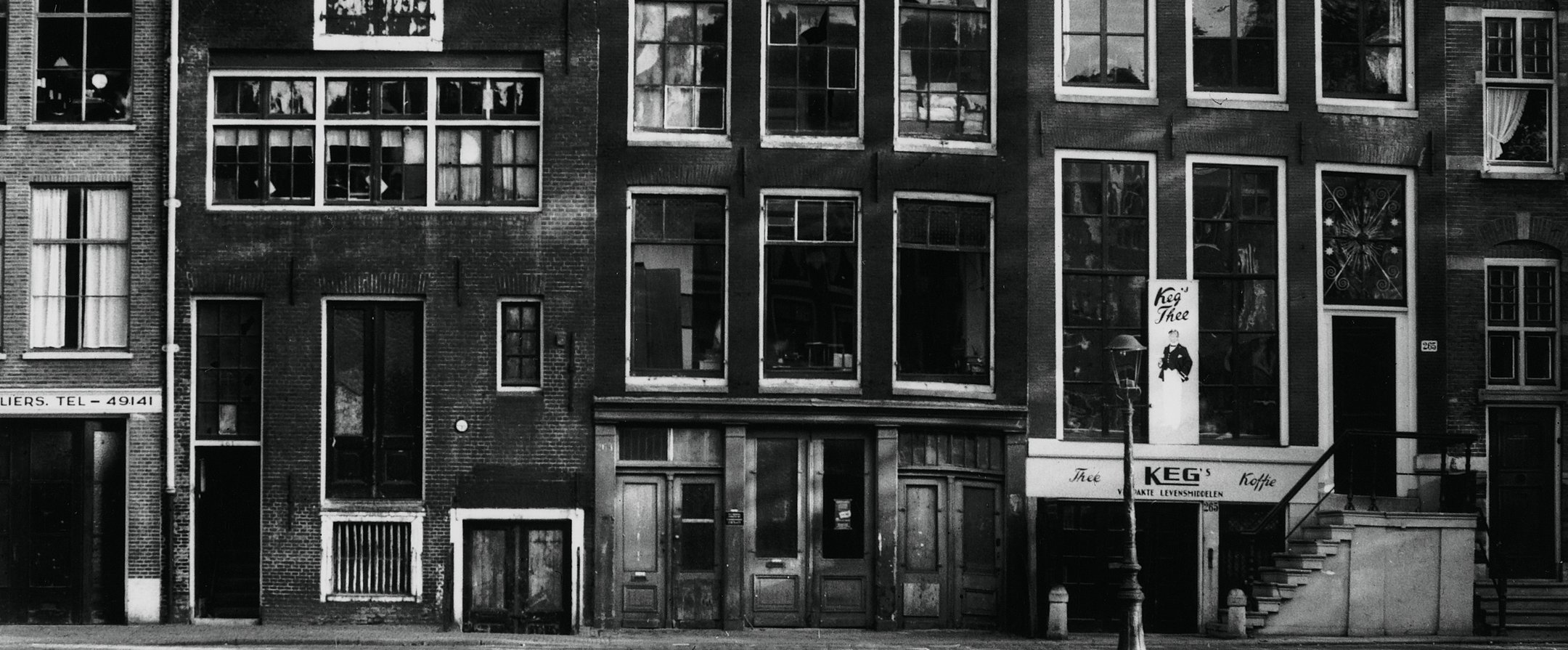The Secret Annex
In December 1940, Otto Frank's business was registered at Prinsengracht 263. Like many other houses on the Amsterdam canals, the property consisted of a house with an annex.
In the warehouse on the ground floor, the products they traded - pectin, herbs, and spices - were stored and packaged. The company offices were housed on the first floor. The annex was used as a laboratory to experiment with fruit jams. In 1942, Otto Frank decided to set up a hiding place in there, for his family and that of his employee Hermann van Pels.
Why were the people in hiding not discovered sooner?
Visitors often wonder why the people in hiding were not discovered sooner. Surely, the Secret Annex was visible from the Westerkerk, for instance, or from neighbouring houses? It is complicated. Possible reasons:
- It was a company, so it was less noticeable if, for example, the chimney smoked in the evening or at weekends. People were likely to think that the staff was working overtime.
- The major raids mainly took place in the Amsterdam neighbourhoods where most Jews lived. The German occupying forces organised raids. Police officers would close off a street or residential area and search the houses one by one. Sometimes their aim was to arrest Jews, other times to arrest men who tried to avoid being sent to work in Nazi Germany.
- After 1943, there were no major raids.
